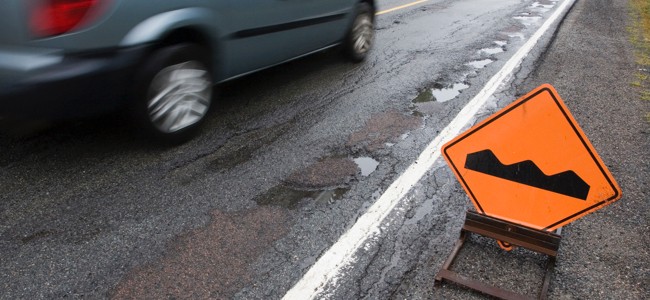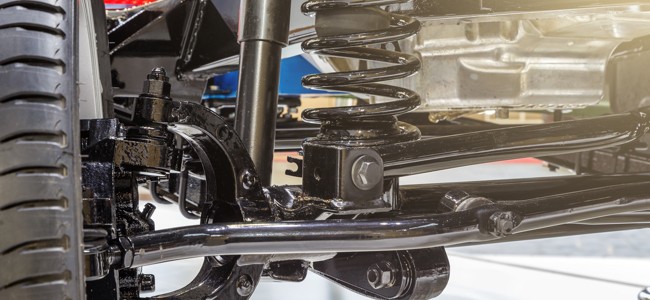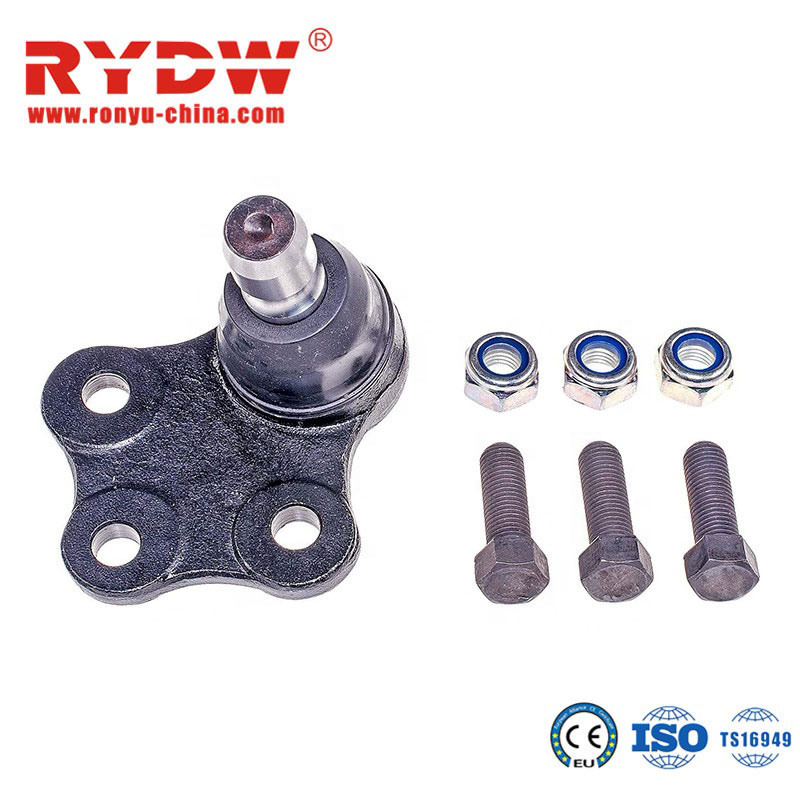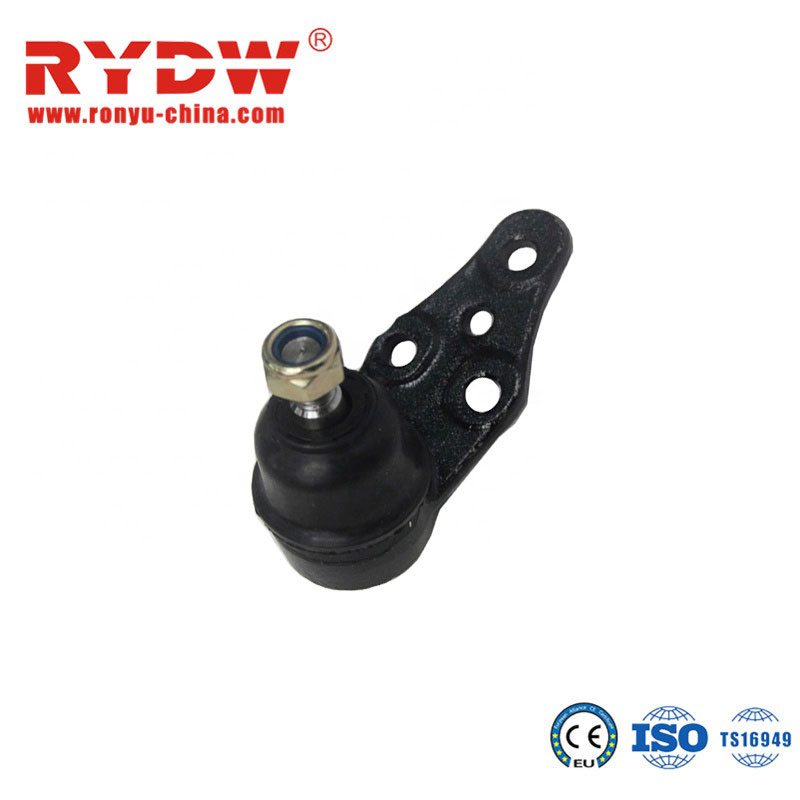Ball Joints and Tie Rods - What's the Difference?
Smoothing out the bumps
From ensuring steering stability and smooth handling to delivering a comfortable ride, the suspension system plays a key role in the performance of your vehicle. Made up of many parts, two important pieces of your car’s suspension system are ball joints and tie rods. Do you know the difference between these two parts?

Where are ball joints and tie rods located?
Both ball joints and tie rod ends are each a part of the front steering and suspension system of your car and are located between the front wheels. The steering system spans the entire length between the front wheels, connecting the two wheels together, while the suspension system is contained just inside each front wheel. Effectively, the steering system is a separate system from the suspension system, but the two systems work hand in hand in to steer your vehicle down the road.
Ball joints and tie rod ends are not connected to each other but are both connected to a mechanism called a spindle. This spindle is connected to your front wheel. A ball joint is connected to the top and bottom of the spindle, while the tie rod end connects to the spindle and controls its pivot which allows vehicle to be steered.

What do ball joints do?
Ball joints are a part of the suspension system. Basically, ball joints provide a pivot point for each front wheel to pivot, or turn upon, as the steering system turns the front wheels left and right and the control arm move up and down.
Each of the control arms of your front suspension system, upper and lower, have a ball joint at the outermost end of the control at its closest point to the front wheel. In the case of strut-type suspension, there is only one lower ball joint affixed to the lower control arm at the same point.
This ball and socket type configuration creates the ability for the wheels to turn left and right and move vertically with changes in the road surface while at the same time supporting the weight of the vehicle and providing a comfortable ride.

What do tie rods do?
Tie rod ends are a part of the steering system. Tie rods connect the spindle, on which your front wheel is mounted on one end, to the steering gear mechanism on the other end.
Whether your car steering design is a rack and pinion system or a steering gear box system, both systems have inner tie rod ends and outer tie rod ends. An outer tie rod end is connected to each front wheel spindle, and an inner tie rod end is connected to the steering rack or steering gear box assembly.
As your steering wheel is turned, a shaft connects the steering wheel to a steering gear assembly – either a steering gear box or rack and pinion gear mechanism. This gear box mechanism connects through a series of arms which connects to the tie rod ends. As you steer left or right, the steering gear pushes the steering arms and tie rods left or right respectively.

How do the ball joints and tie rods work together?
Ball joints and tie rods have nothing to do with each other, yet everything to do with each other. As a part of the suspension system, the ball joint supports the weight of the vehicle and allows the steering to turn the car left or right and up and down. The ball joint and suspension system can perform that function independently of the steering system and tie rod ends. However, the tie rod needs the ball joint to support the weight of the vehicle and at the same time, allow the front wheels the ability to pivot left and right.
Learn more about RYDW auto parts manufacturer in china, find your car part.
Learn more about RYDW auto parts manufacturer in china, find your car part.
We will do a good job in every content,do our best to solve the problem for each customer,Thank you for your reading.




Leave A Comment